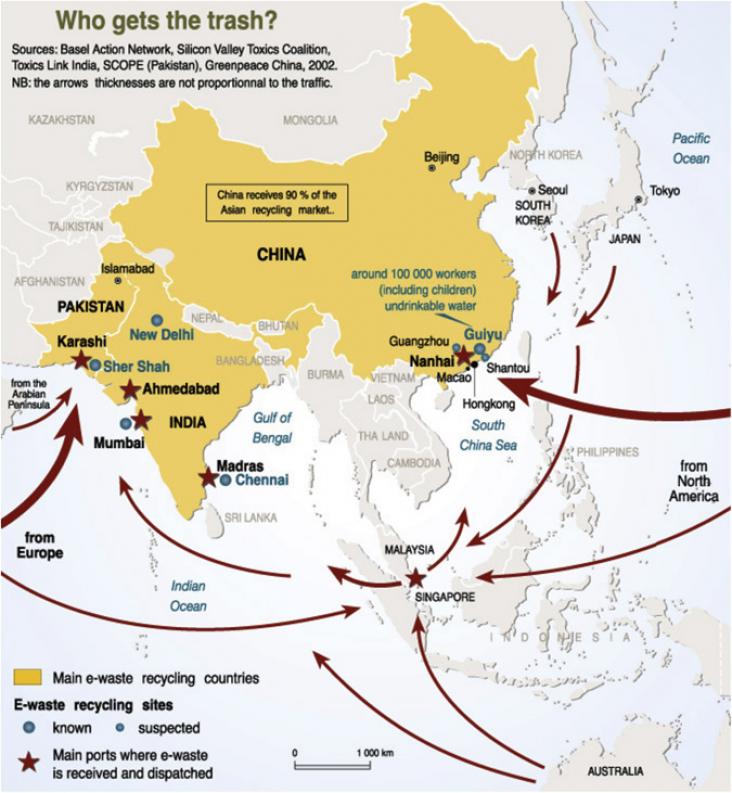End poverty in all its forms everywhere

Understanding the genetics of retinoblastoma has enabled clinicians to develop targeted screening guidelines based on genetic risk, minimising unnecessary screening exams, and focusing resources on individuals at greatest risk. The goal of SDG target 3.d is to strengthen the capacity of all countries, in particular developing countries, for early warning, risk reduction and management of national and global health risk.
Elsevier,
Air Pollution, Climate, and Health, An Integrated Perspective on Their Interactions, 2021, Pages 3-12
Summarizes the documented health effects of climate change and air pollution, and the underlying linkage and interaction, as well as some issues that need to be addressed in future research and policy-making practice. Supports the SDG Goal 13. Take urgent action to combat climate change and its impacts
Elsevier,
Barefoot Global Health Diplomacy, Field Experiences in International Relations, Security, and Epidemics, 2021, Pages 27-49

Adaptability to politics, economics, and to the wealth and poverty of the world: health programs, in emergencies or over the longer term, need to be aware of local incomes and costs of services—and how they can be paid for. Programs and projects and interventions should thus evolve to make sure the treatment, the testing, the assistance they are promoting is available and affordable—both when the internationals are there, and after they leave
This book chapter addresses goals 1, 8 and 15 by focusing on rainfall index, which links insurance payouts to historical rainfall data from reliable weather gauging stations, and how it relates to crop and livestock losses. The system works in such a way that if the data shows that the rainfall amount is below the threshold, the insurance pays out. If implemented effectively, it has the potential to revolutionise access to formal insurance by smallholders.
This chapter explores goals 1 and 10 by examining whether the social sustainability enjoyed by sugar industry employees can be maintained given expanding beet production, falling world prices, promotion of healthy diets and the development of sugar alternatives.

Chapter on the public health problem of how to effectively deal with or dispose of the ever-increasing number of old or outdated electronic devices (e-waste) in a safe manner. The goal of SDG target 3.9 is to substantially reduce the number of deaths and illnesses from hazardous chemicals and air, water and soil pollution and contamination
Focuses on homelessness from a public health perspective – its prevalence, its relationship to specific health conditions, and various interventions intended to ameliorate homelessness and the health problems with which it is associated.
Agricultural development is critical to the advancement of Goal 2 (zero hunger). This concluding chapter summarises the roles of entrepreneurship and value chain organization in agricultural development in Brazil.
